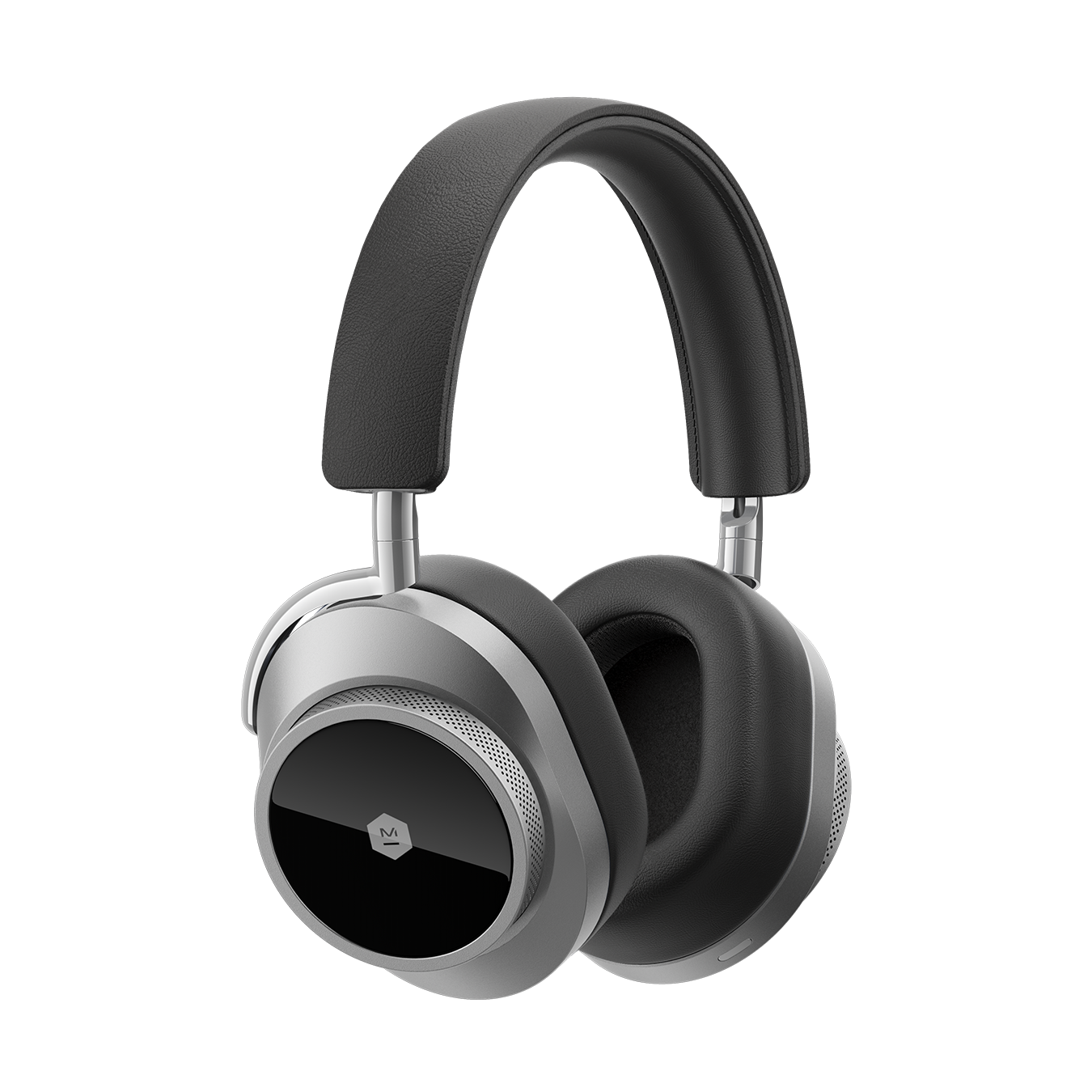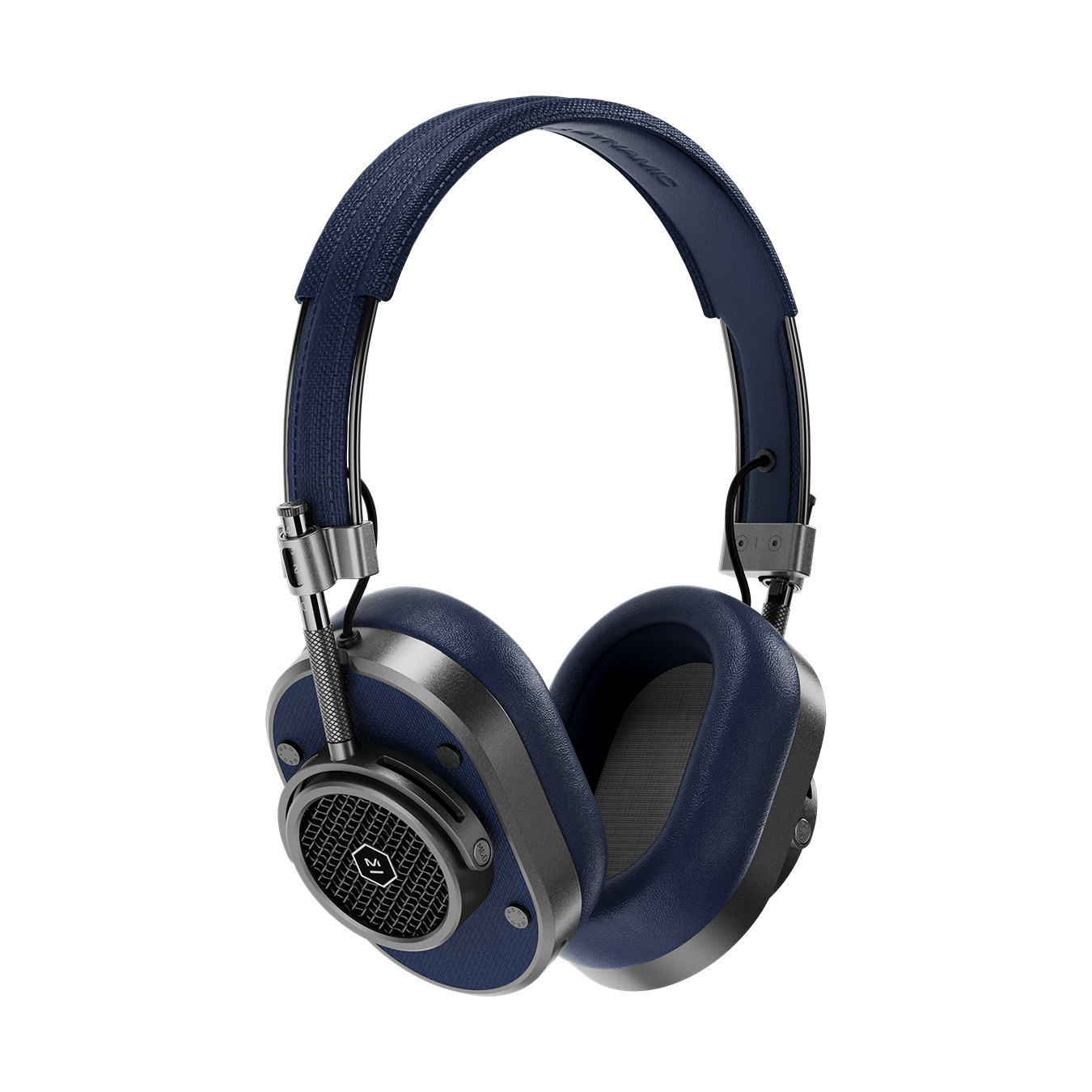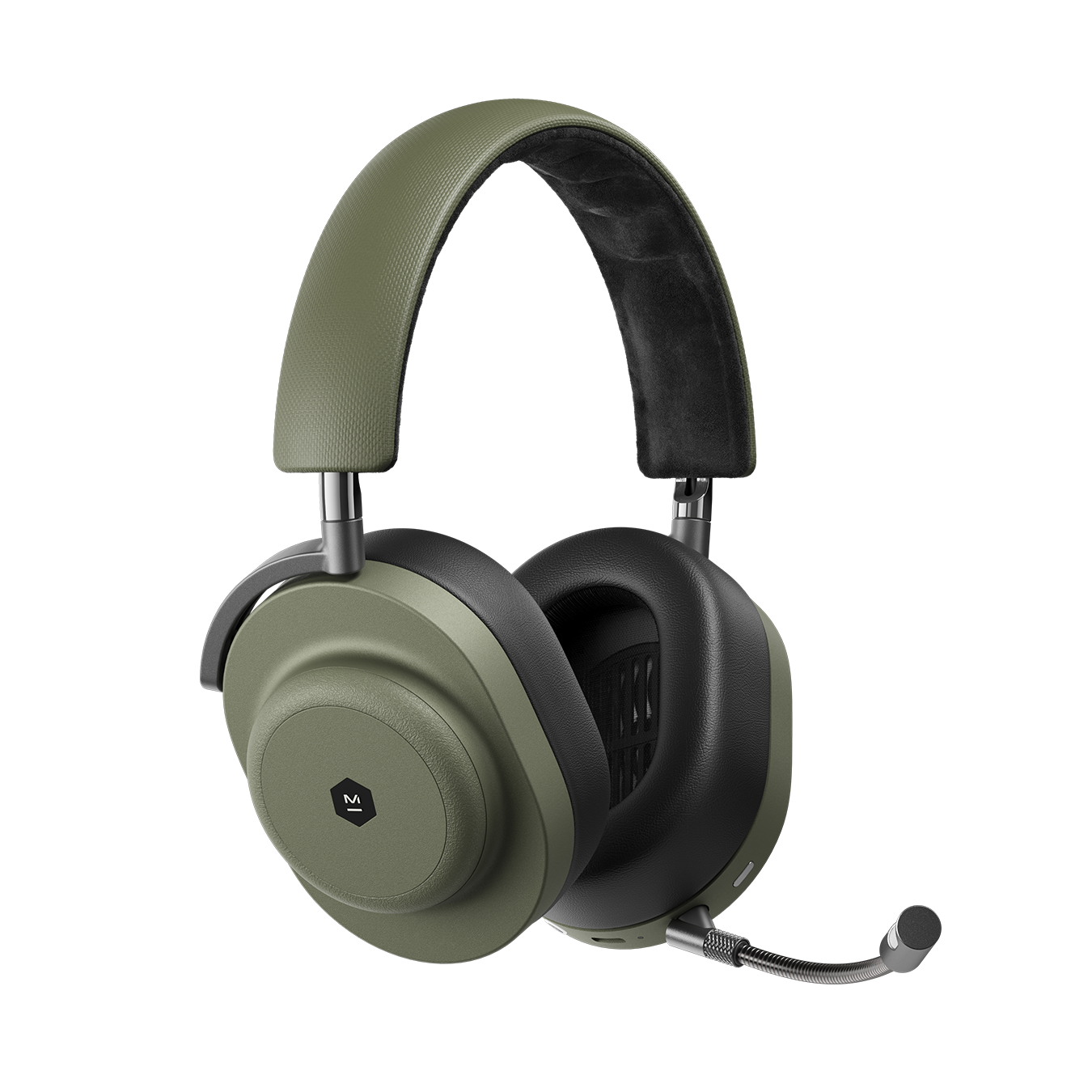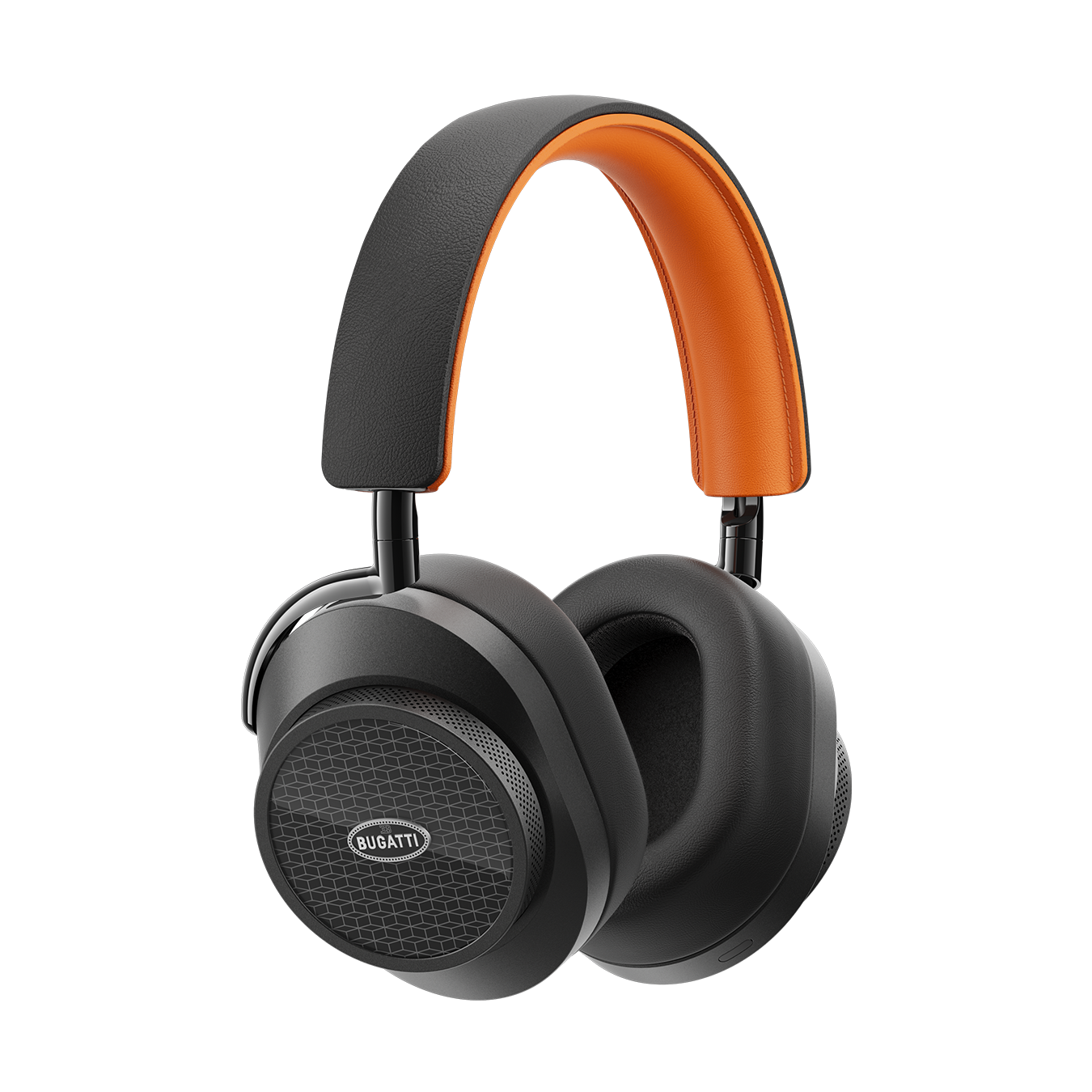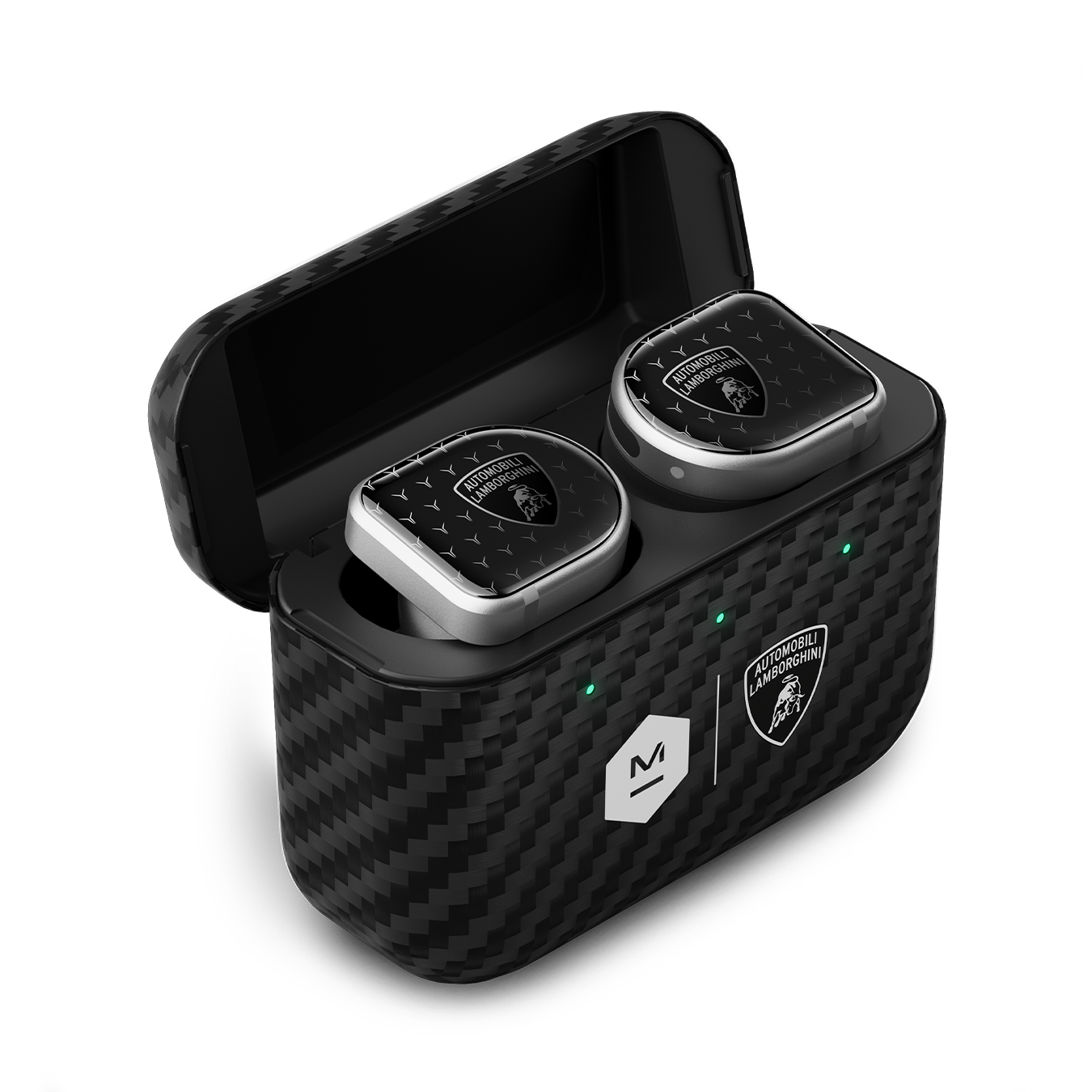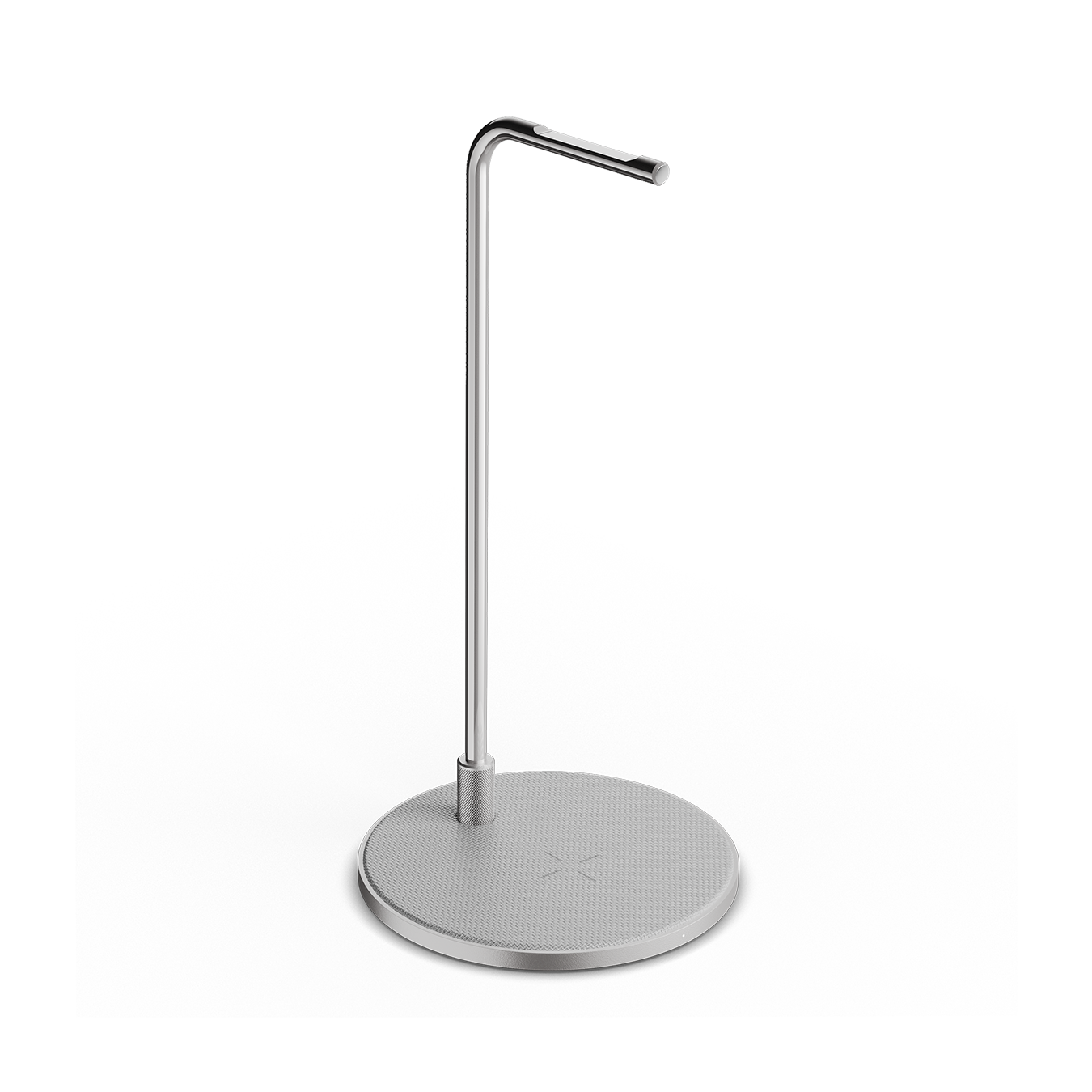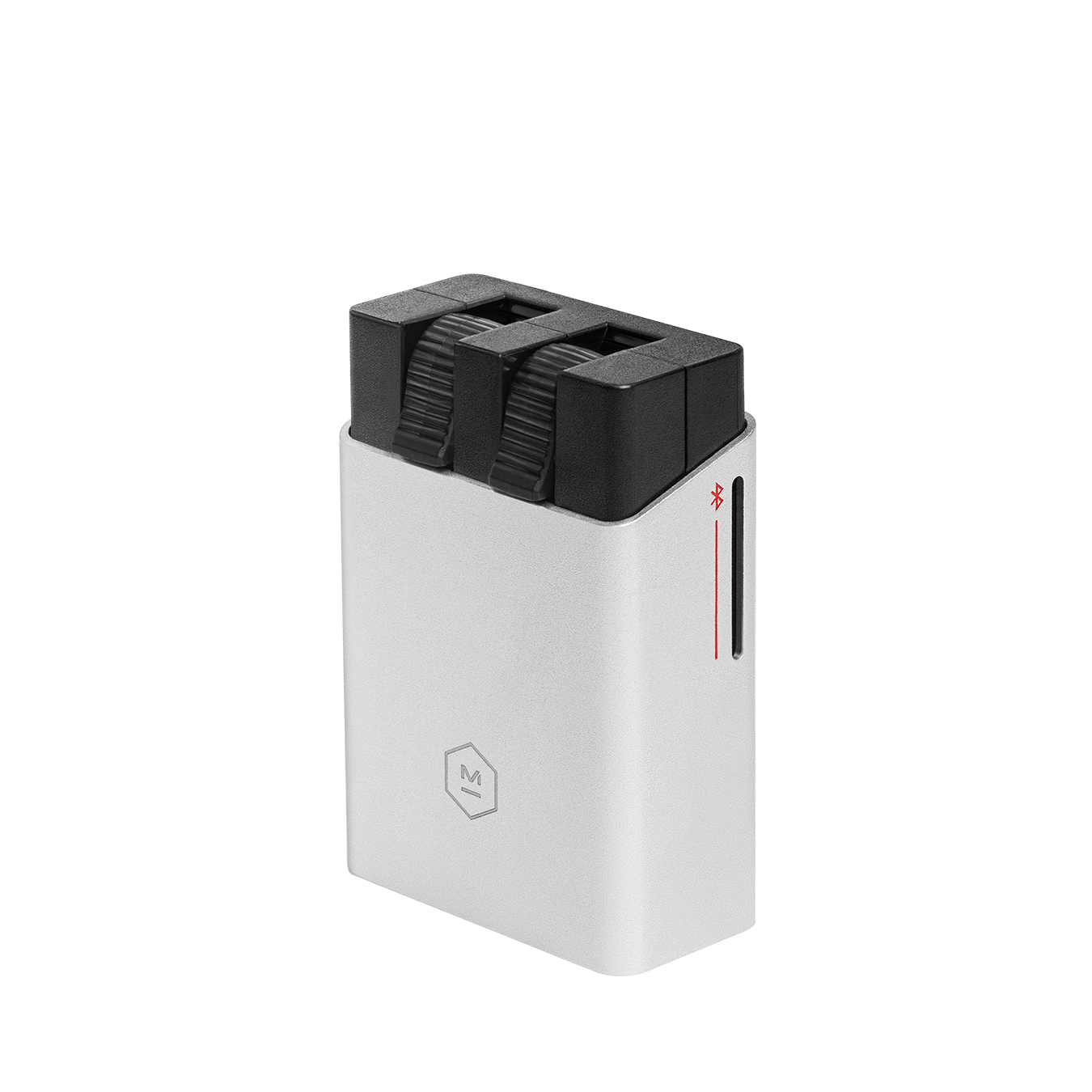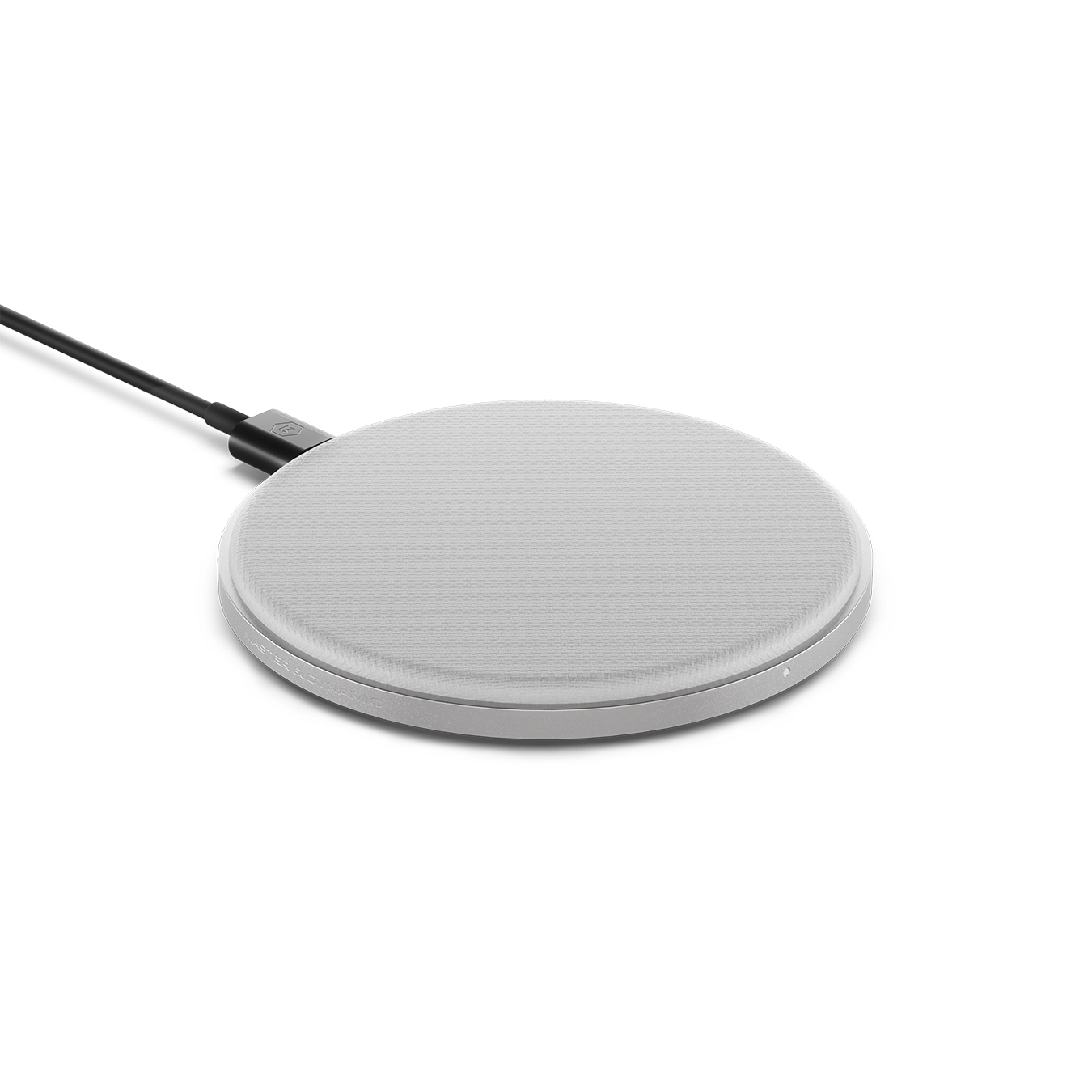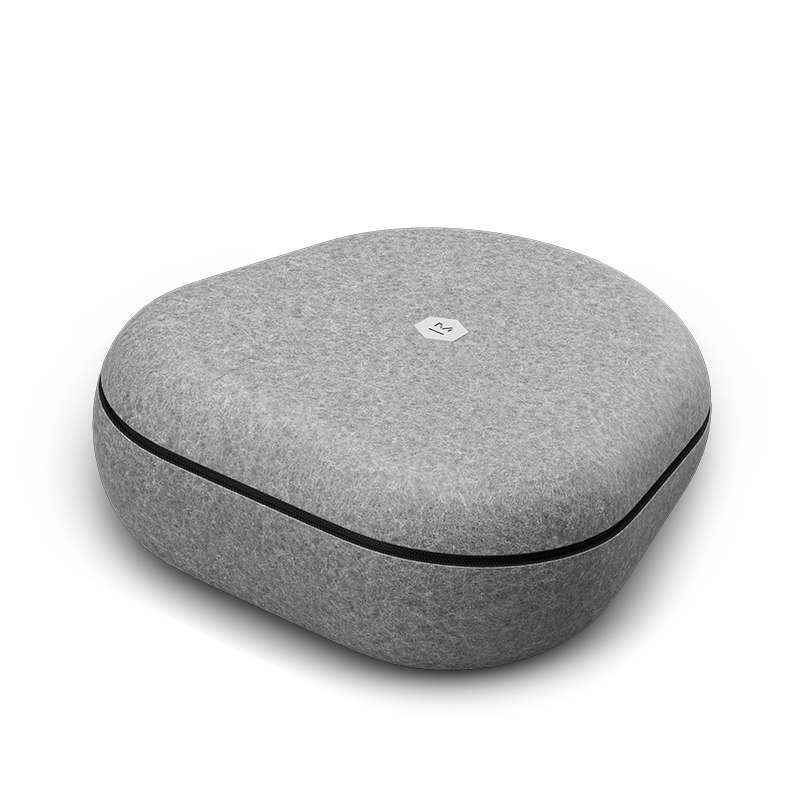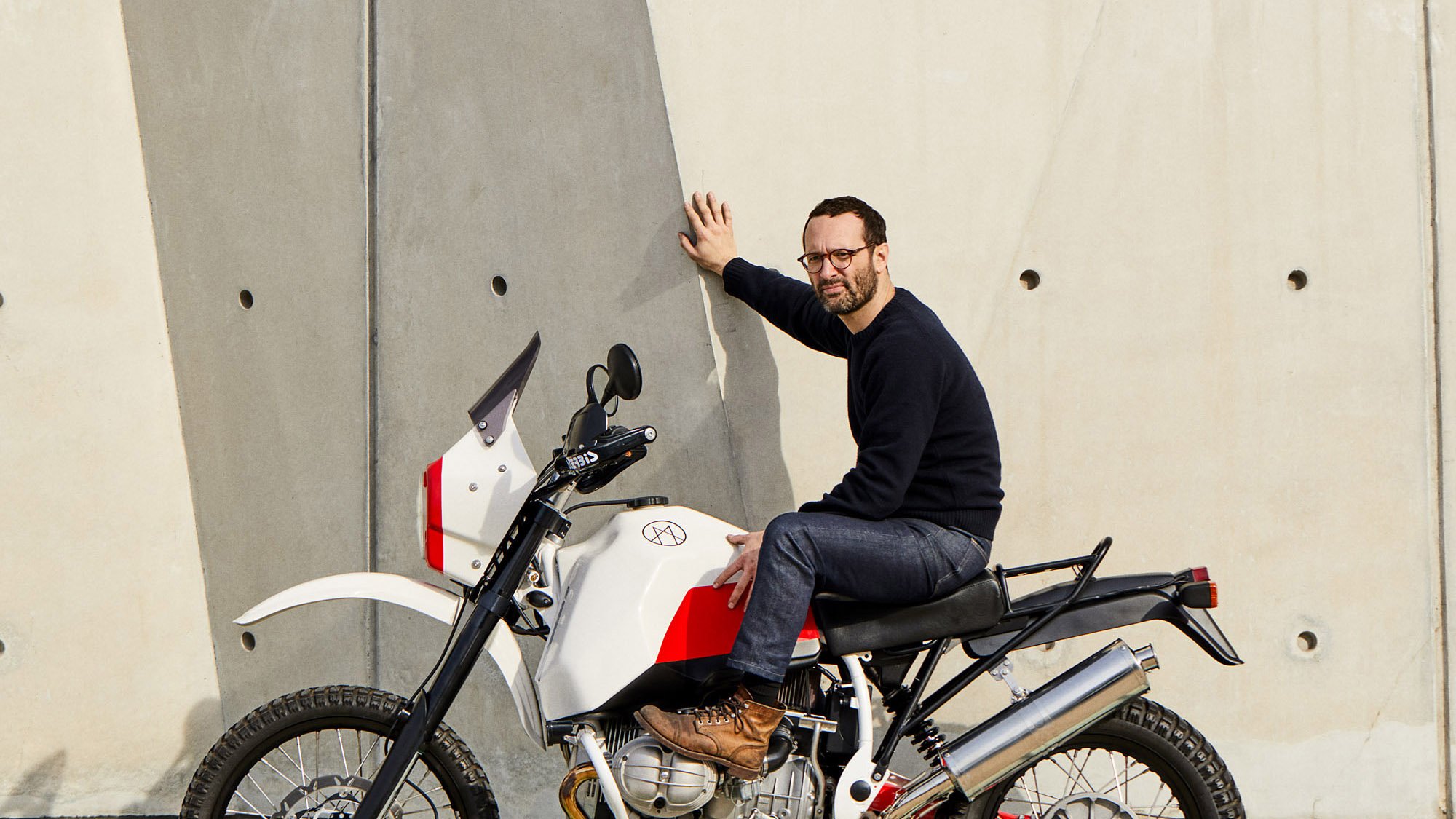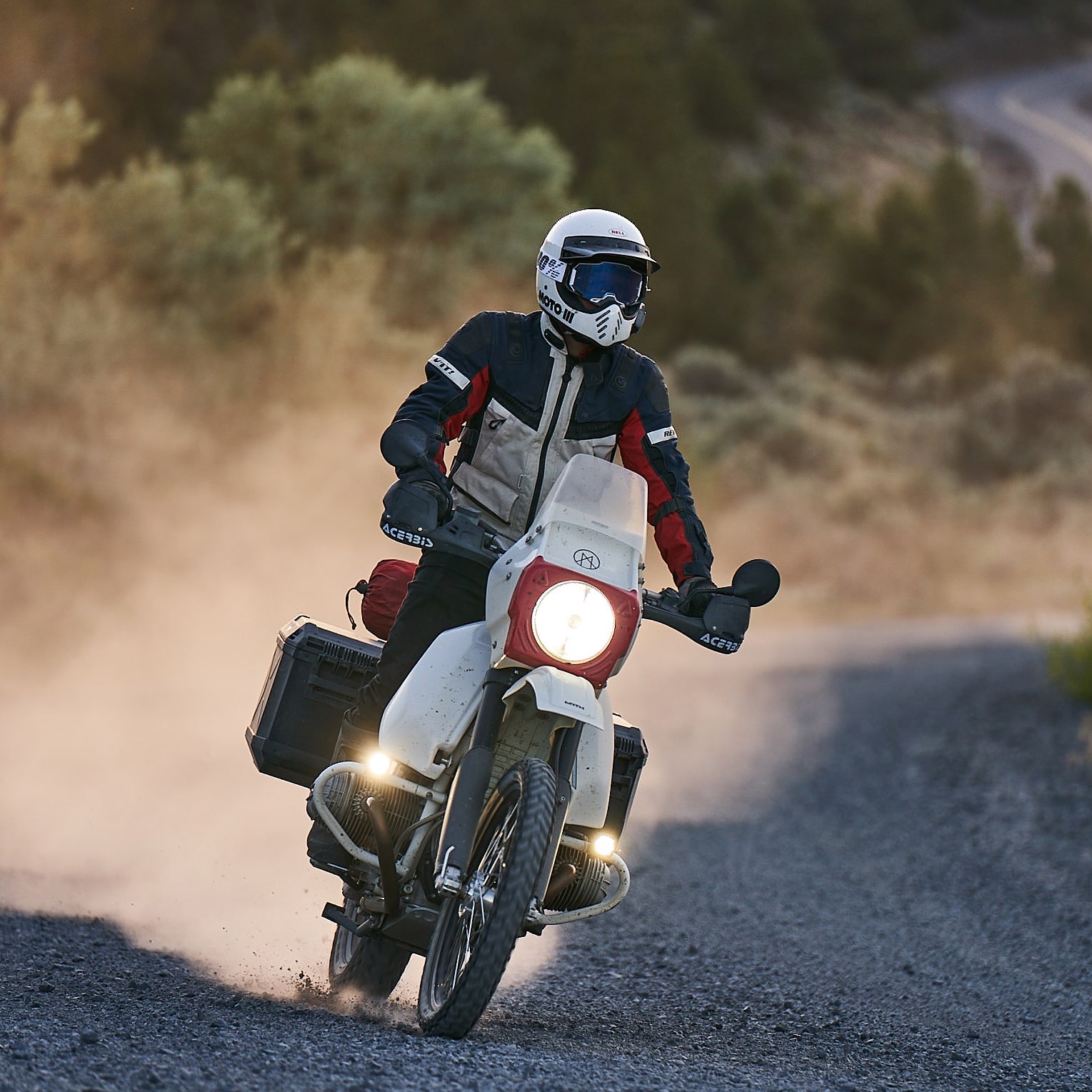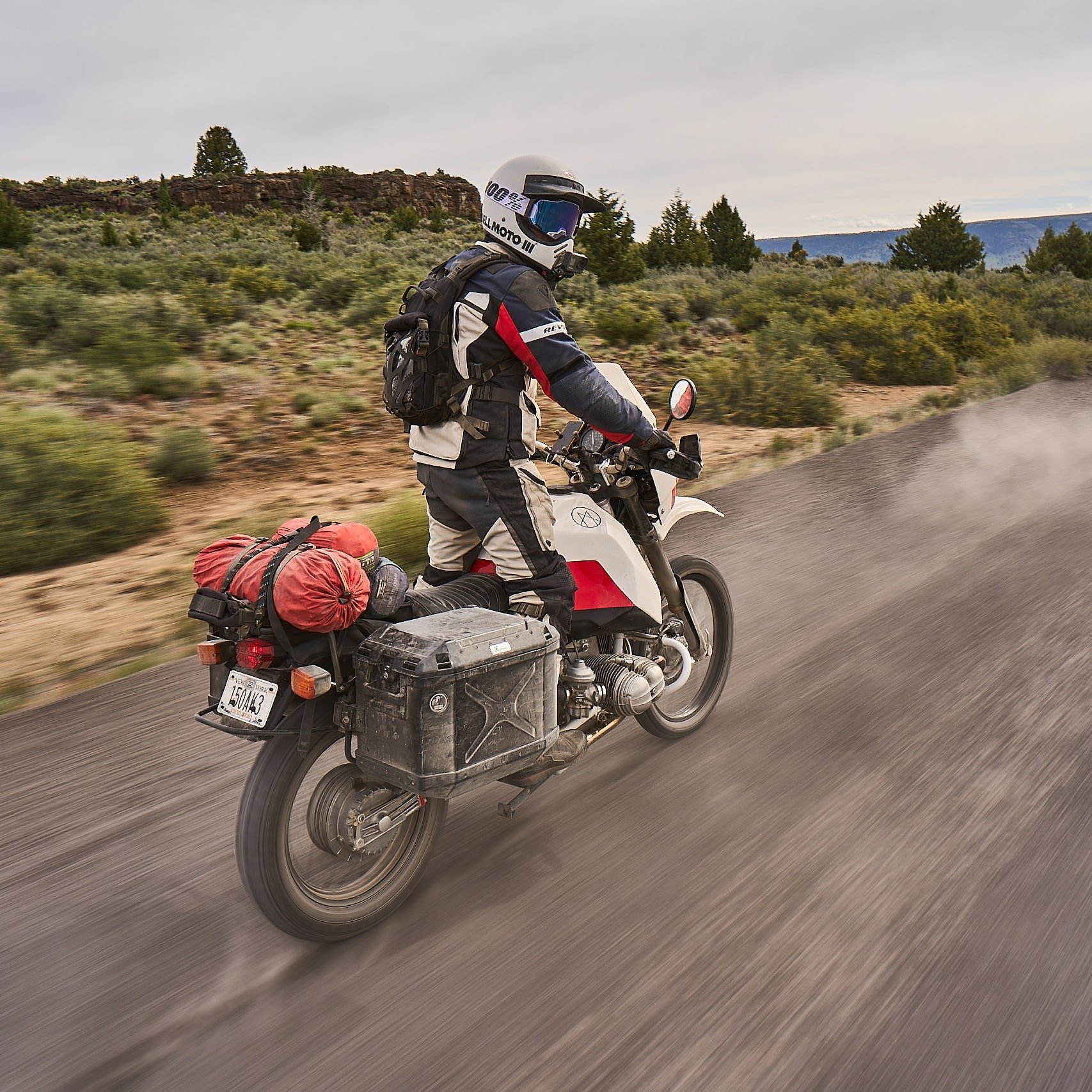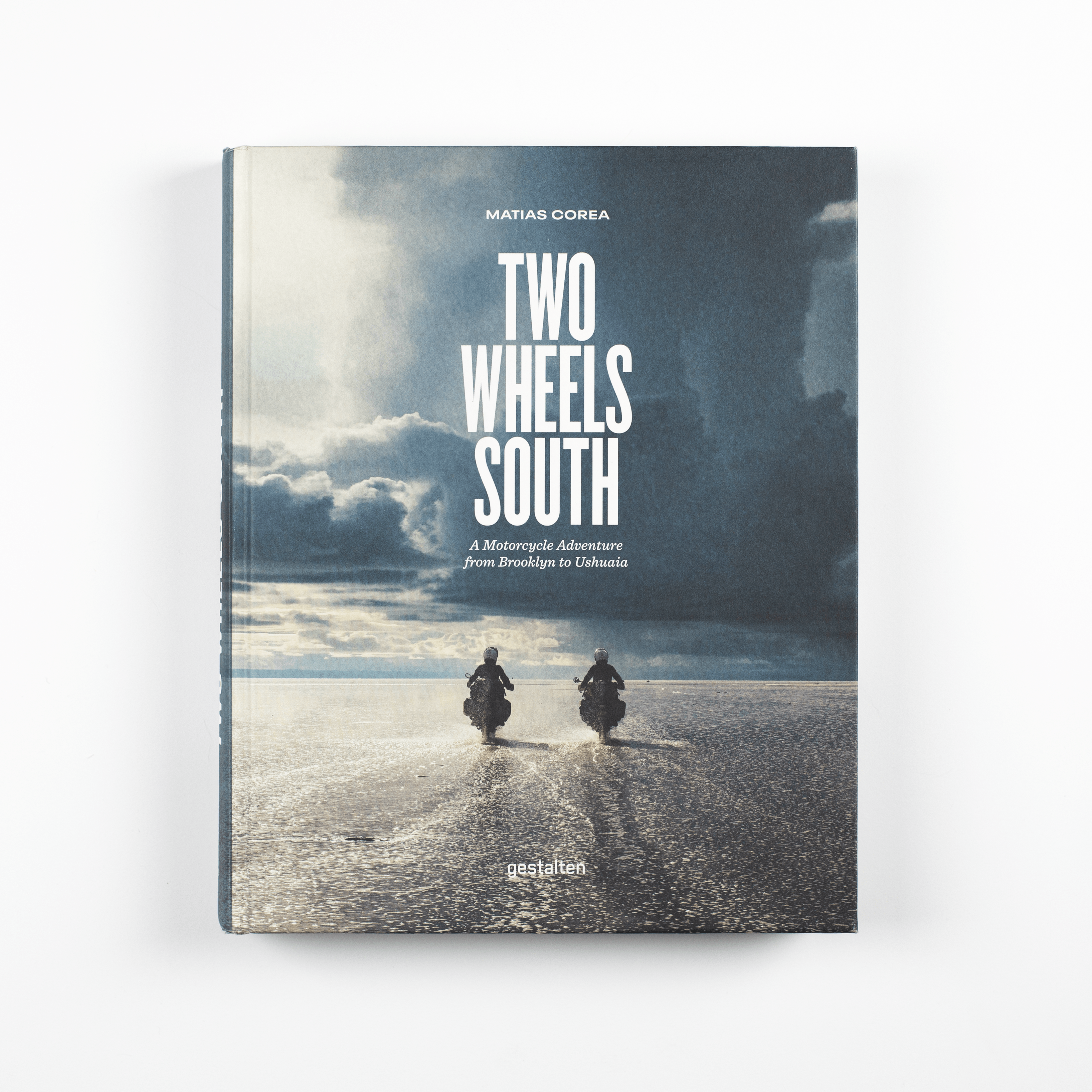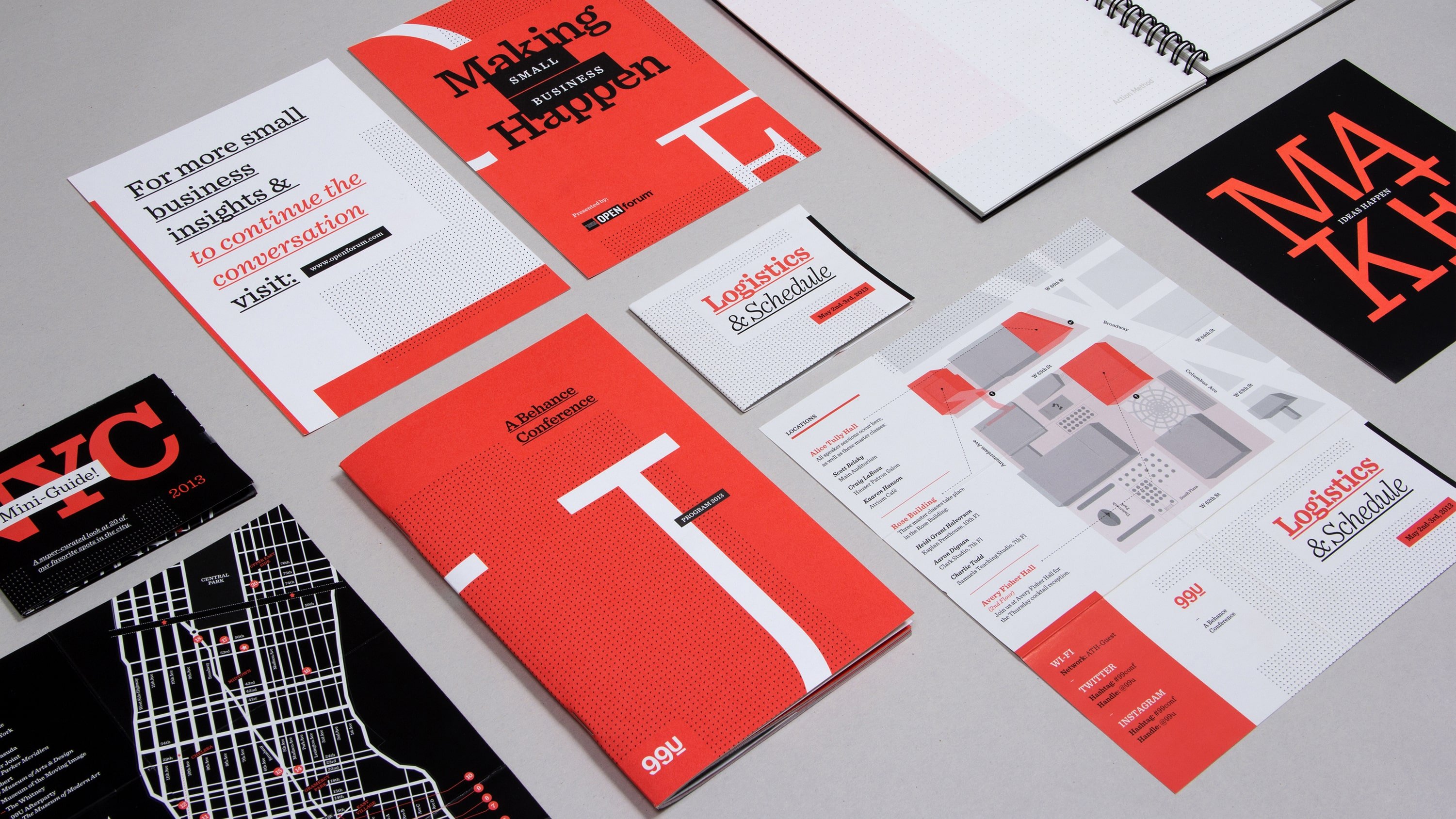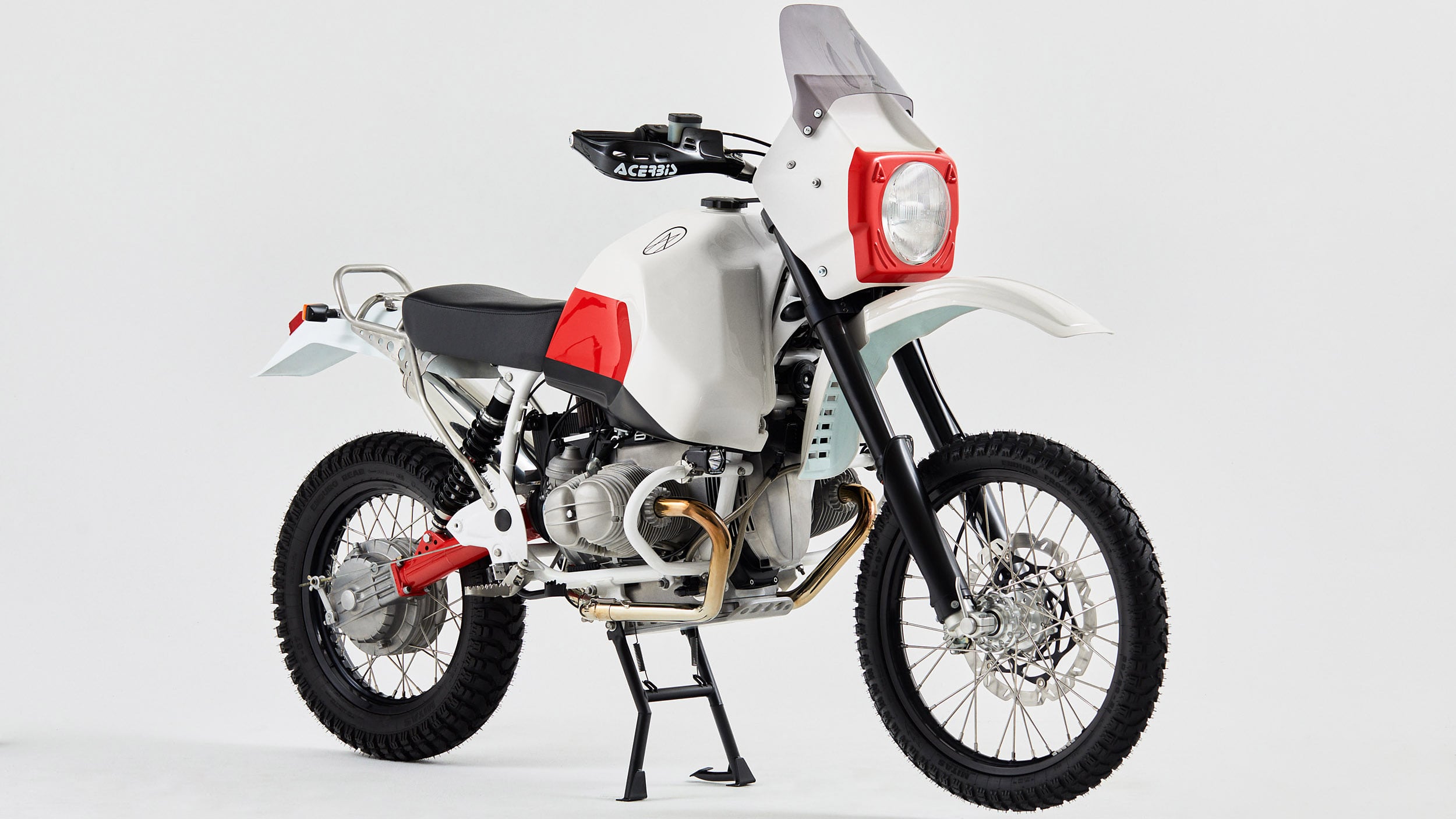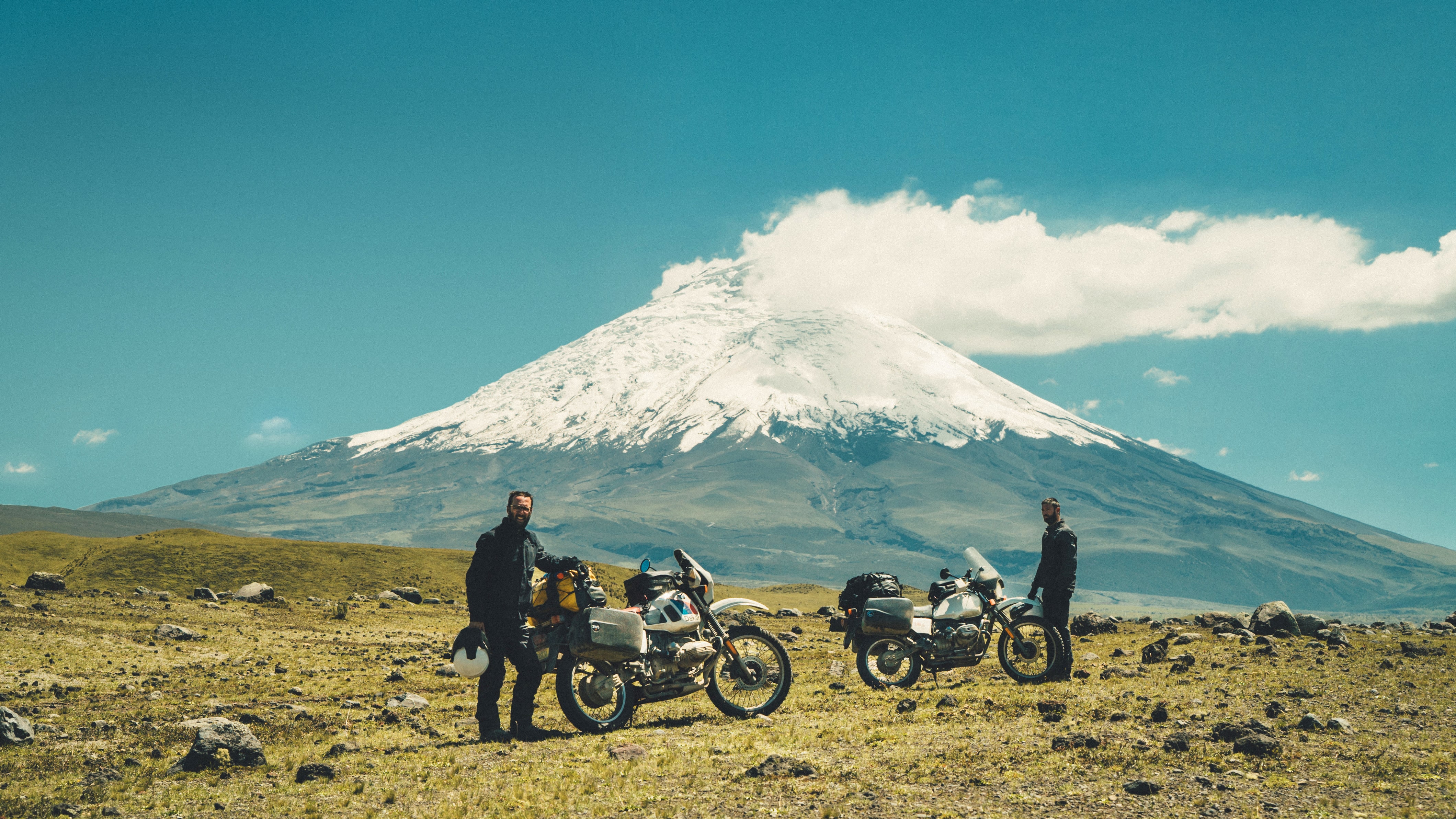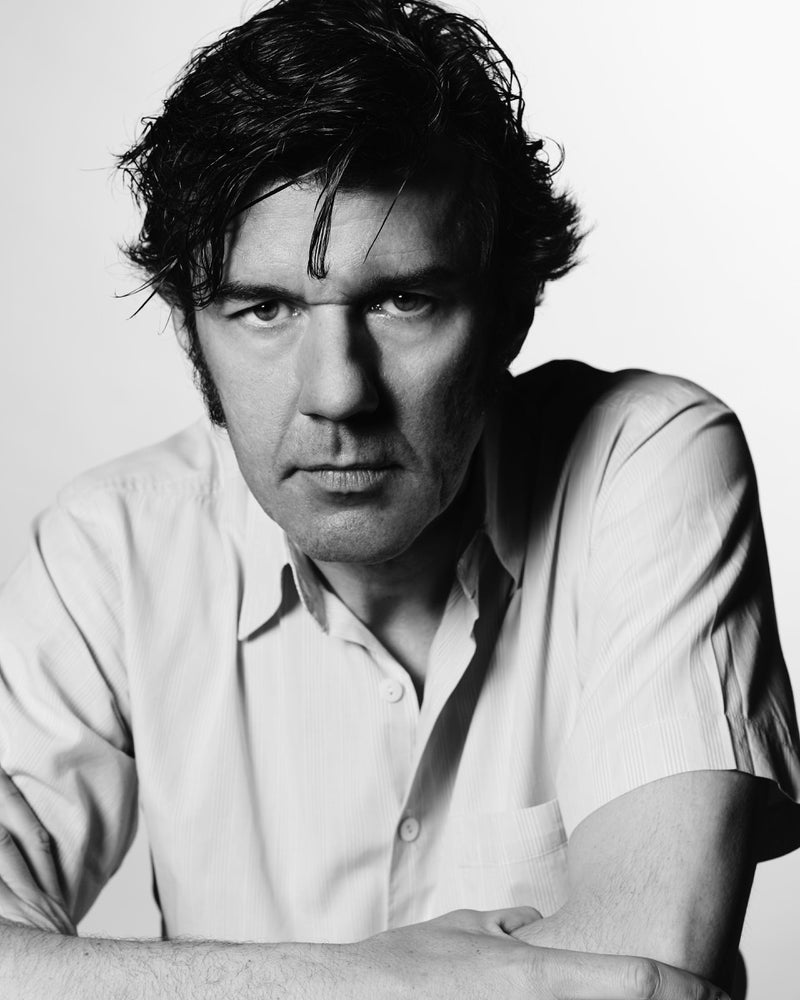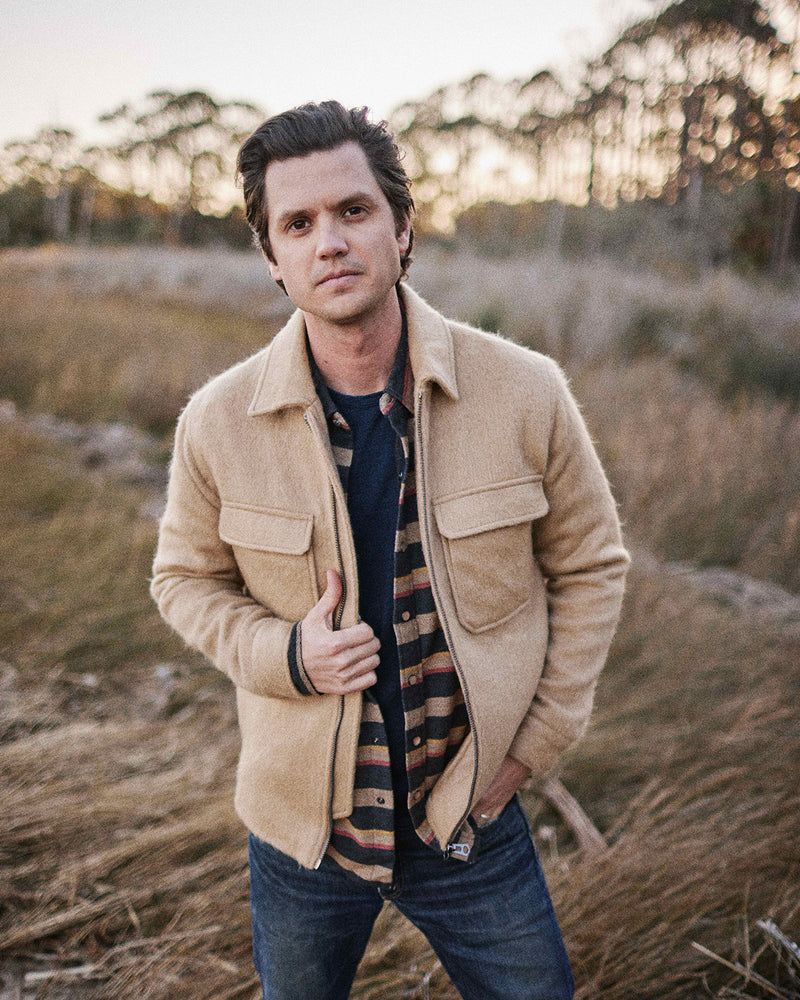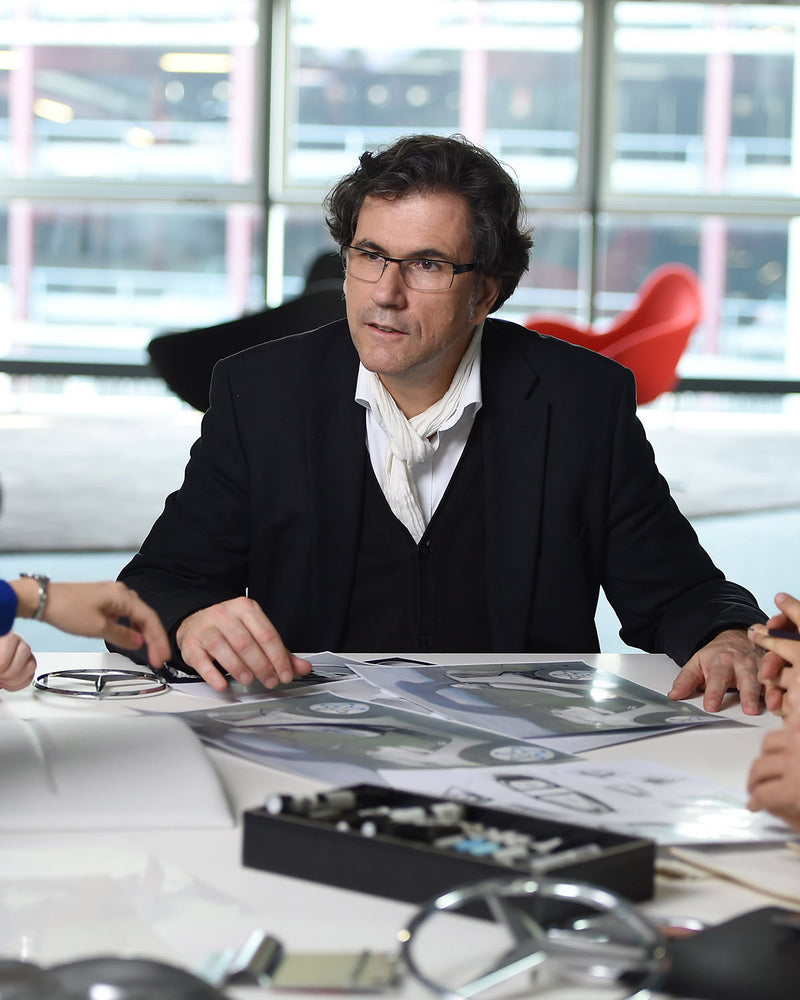Can you recall the first time you knew you wanted to be a designer?
I don’t recall a specific moment, as I sort of fell into it. What I do remember is how bad of a student I was in middle and high school. I remember I had a hard time remembering and regurgitating information that was poorly contextualized and explained to us in class. I thought I wasn’t going to amount to much in life because the system I was in didn’t have space for me, a creative. It took me a long time to realize that the reason I had a hard time in school was that my brain was better at making stuff that didn’t exist than memorizing information. I was always drawing, but back in 1994, that wasn't a skill that society recognized as ‘useful’. Society has finally realized that everything we love and enjoy interacting with is made by a creative. Food, music, literature, photography, video, fashion, cinema, design, video games, motorcycles, furniture, architecture… we live in a beautiful time to be a creative professional, as our skills are not only valued but also respected and admired.
What is the most unique thing you've designed to date?
All the motorcycles I design and build as Myth Motor. They are the perfect mix of everything I love: Adventure, motorcycles, design, and engineering.
Where do you get inspiration?
I can’t really pinpoint it. I used to keep tabs and folders both in physical and digital spaces but now I think those archives will bias our creative process. I still do save some stuff on Instagram, whether it is a motorcycle or graphic design, but I never ever go back to look at it. Maybe the act of saving it makes it stick a bit more? I think the mind is a strange sponge that has many filters and ways to store information that I don’t quite understand, and I am happy it is that way.
You own a one-man custom motorcycle shop in Brooklyn and are an avid motorcycle adventure traveler. Where did your love of motorcycles come from, and when did you begin that venture?
I was born in Barcelona, a motorcycle city. Since I can remember, I’ve been surrounded by two-wheeled vehicles. I got my first scooter when I was fourteen, and my passion for motorcycles has grown consistently since then.
At 18, I got my first vintage BMW, but for almost two decades, I was only a rider, and I didn't even know what a carburetor was. Six years into building Behance, I spent every waking moment in front of a screen, and I felt the need to work with my hands. About 12 years ago, I found a mentor and started learning how to work on motorcycles. It took a while to learn what I know now, but I’ve always had curiosity and determination as my tools.
By 2020 I had built a small garage in Greenpoint, where I worked on my own motorcycles. When the pandemic happened, it was a perfect moment to put my head down and focus on building my first motorcycle from the inside out. The bike was purposely designed for a trip from Barcelona to Cape Town. I wanted to implement changes that I learned after riding my BMW R80G/S for 6 straight months on my Americas trip. I still had quite a bit of learning but time was on my side. In the middle of building the bike, I realized that I was really enjoying the process and learning a lot of new skills, and I felt that building these bikes for others was something I wanted to explore further. That’s how Myth Motor was born.
In 2016 you took your motorcycle on a 20,000-mile expedition through the entirety of the American continent. Why did you decide to take that journey, and what was the experience like?
In early 2015, After almost 10 years at Behance, I decided to move on and figure out what was next for me. A few months after my sister Soledad passed away at 38, I was 36.
The next six months were dark, and I felt lost. While I was searching for answers, I took a film editing course. The energy that came from learning something new brought light into my every day. One morning I had a moment of clarity, and I asked myself a question that changed everything: “What would I regret not doing if I was to pass tomorrow?” The answer was clear as I had been dreaming of a long motorcycle journey for years. This was the time to make that dream come true.
A few months later, we took off from Brooklyn all the way to Ushuaia in Argentina. The experience changed me forever. I wrote Two Wheels South as a way to turn a page and close a chapter of my life. On the last page, I wrote: “I learned to expect and accept the unexpected. Every situation can be turned around if you learn how to deal with the disappointment, focus on finding a solution, and move forward. Even if I could erase any of the difficulties along our journey, I wouldn’t. Even the worst moments of the trip are now cherished memories."
Tell us why your current favorite quote is “It takes a long time to learn how to play like yourself” by Miles Davis.
Miles was explaining how when he was a young musician, he would copy the styles of great players of the time because that’s who he loved and admired. As he grew in his own craft, he moved away from others’ styles and learned how to play like himself.
I love it because it applies to all layers of life. As youngsters, we imitate and copy the people we have around us. As I continued to grow and become more self-aware, I realized that is a lifelong path to becoming more and more myself. But there’s no shortcut, you have to go through the motions of “imitating” others as you find your own voice.
As the author of Two Wheels South and a motivational speaker, what would be one piece of advice you’d like to share with our readers?
The idea that you have your entire life to check your bucket list is a fallacy. In the times we live in, we're so narrowly focused on the every day and we forget to look at the big picture, the bigger arc of life. The only thing you can’t get back is time, so pay attention to how you use it, it's limited and precious.
